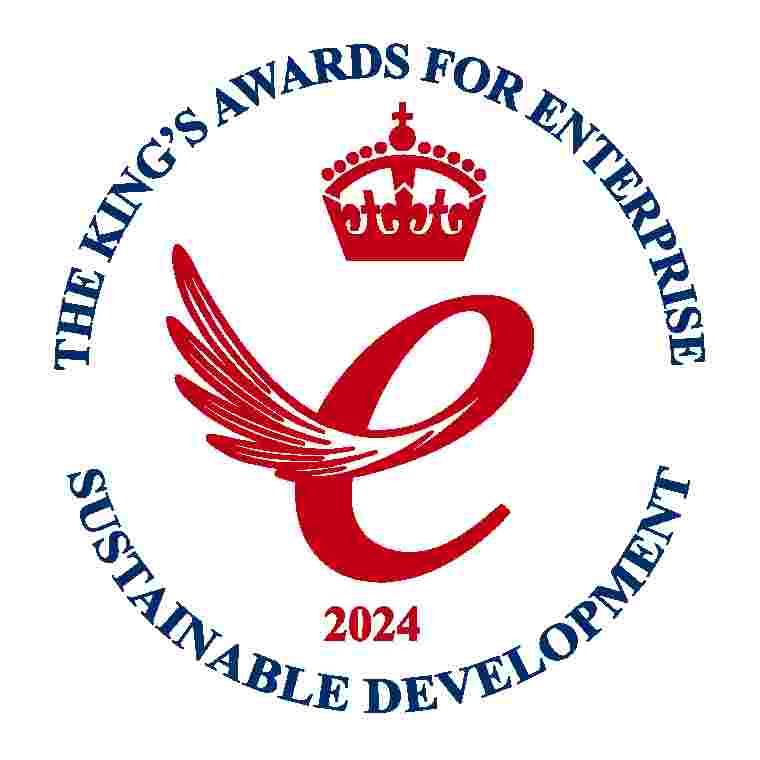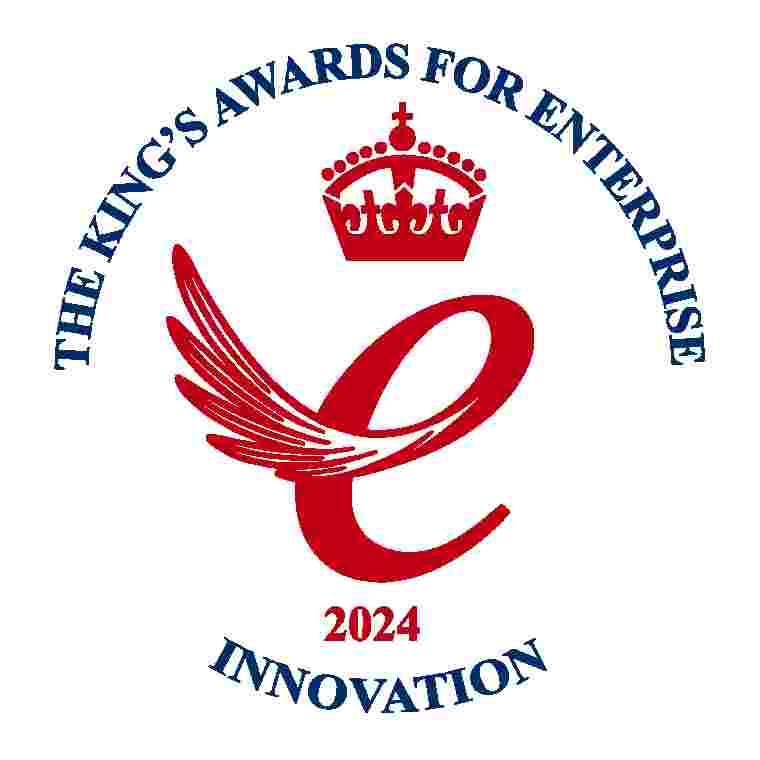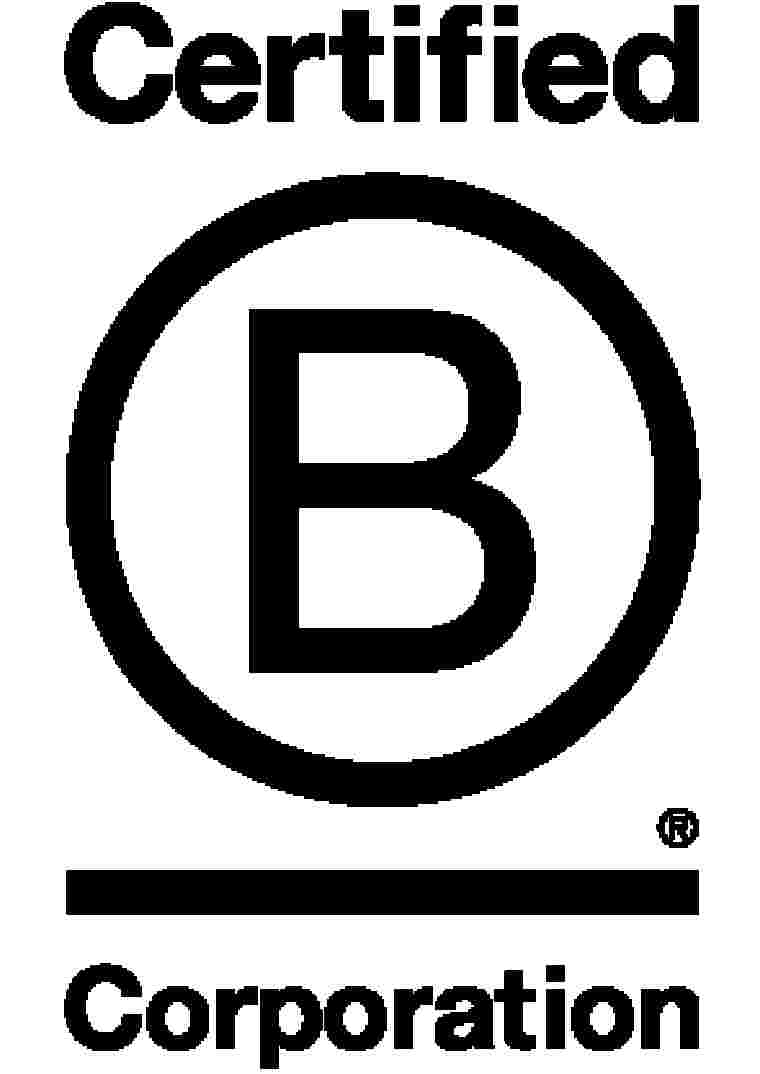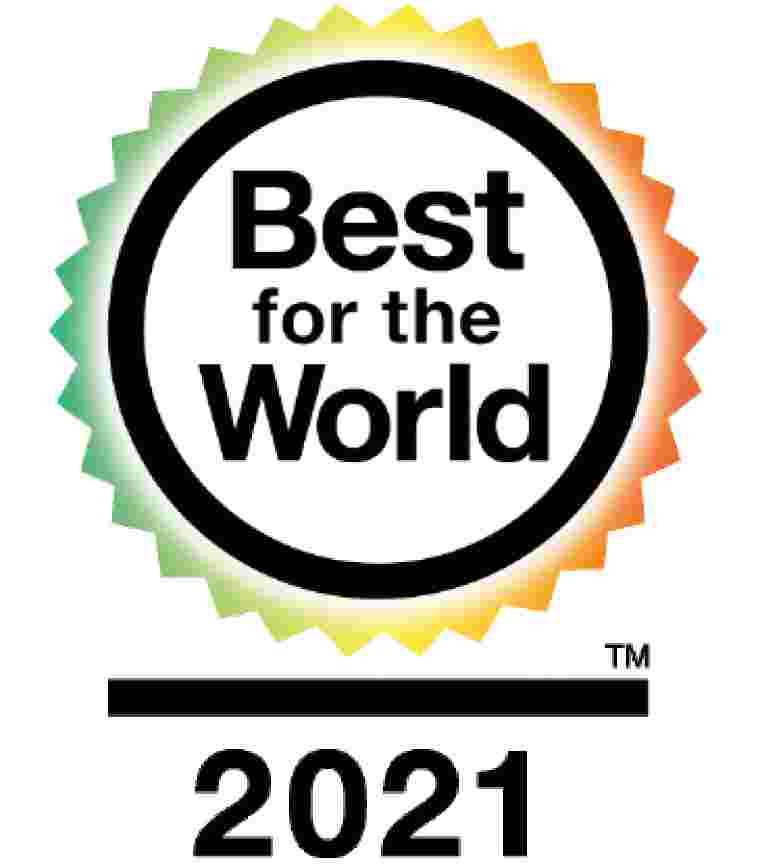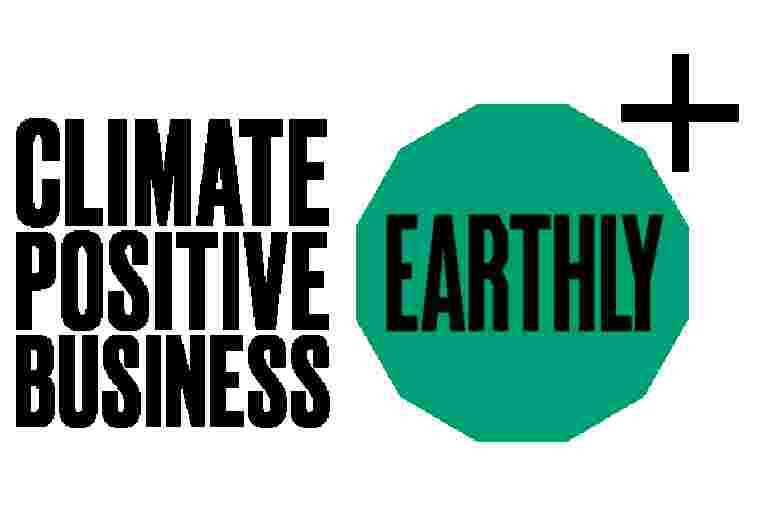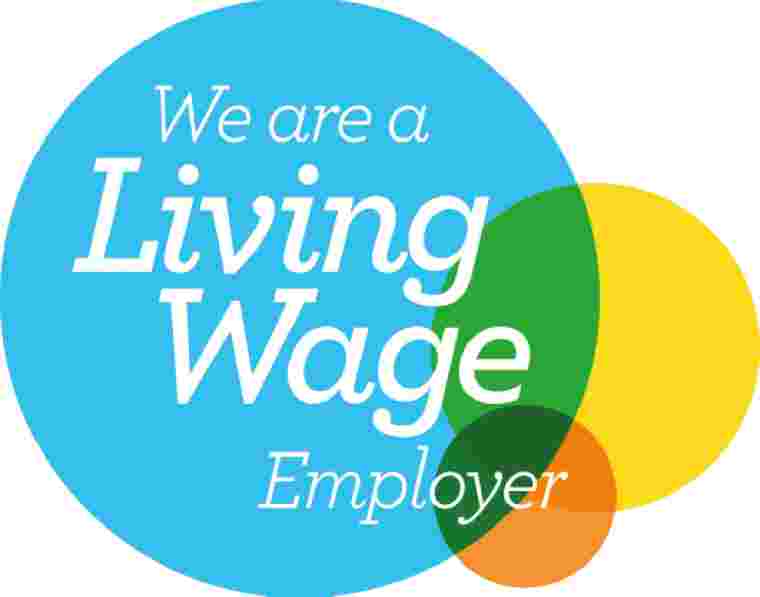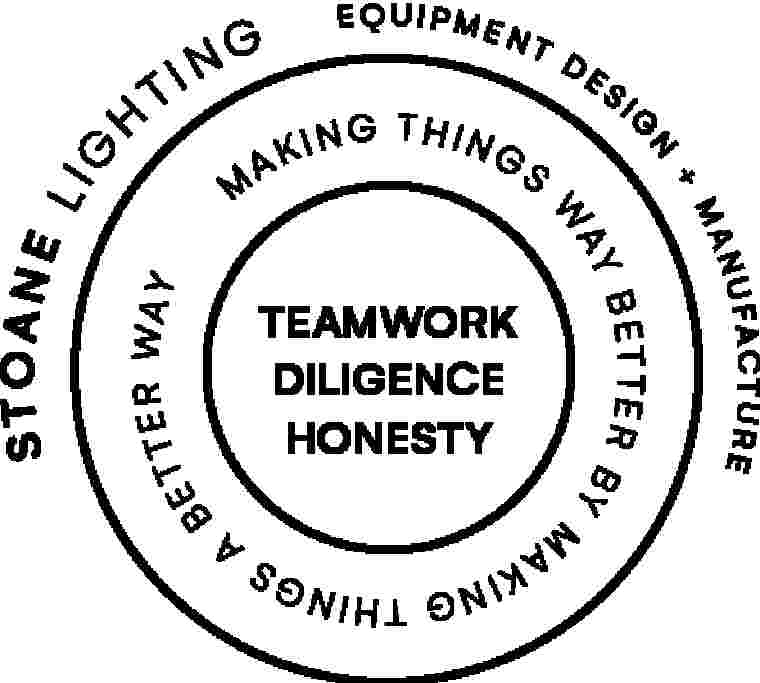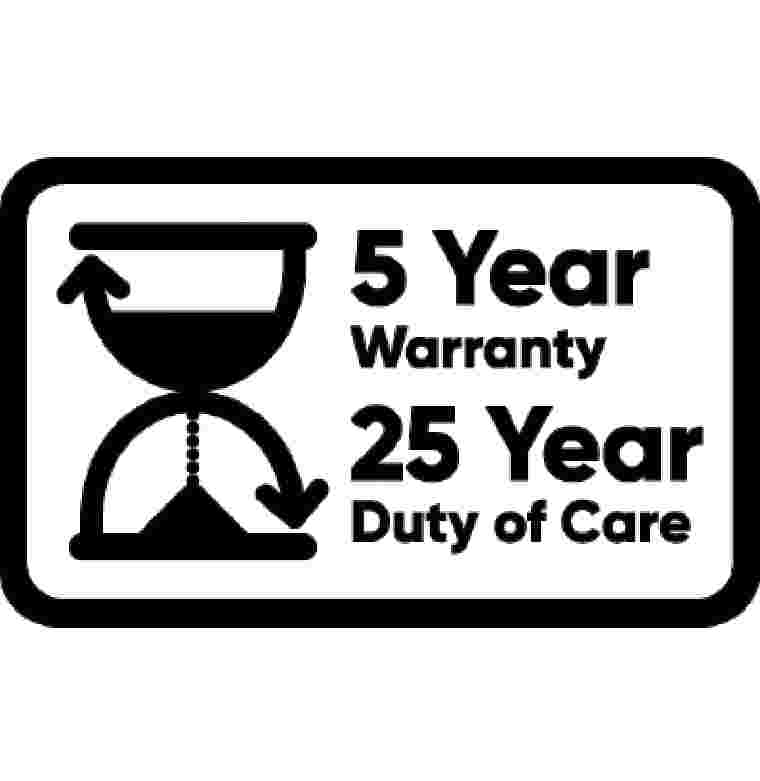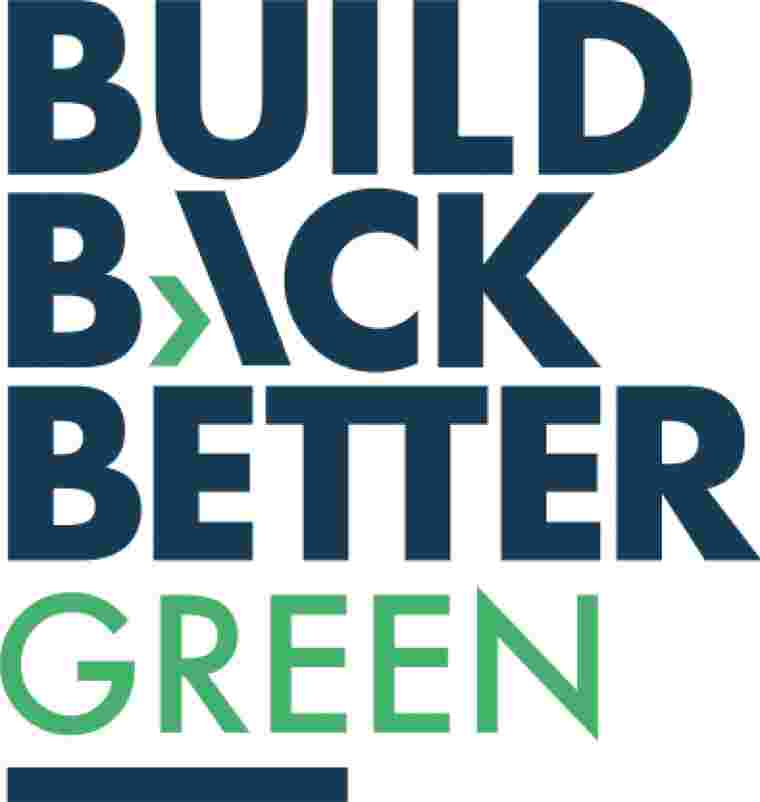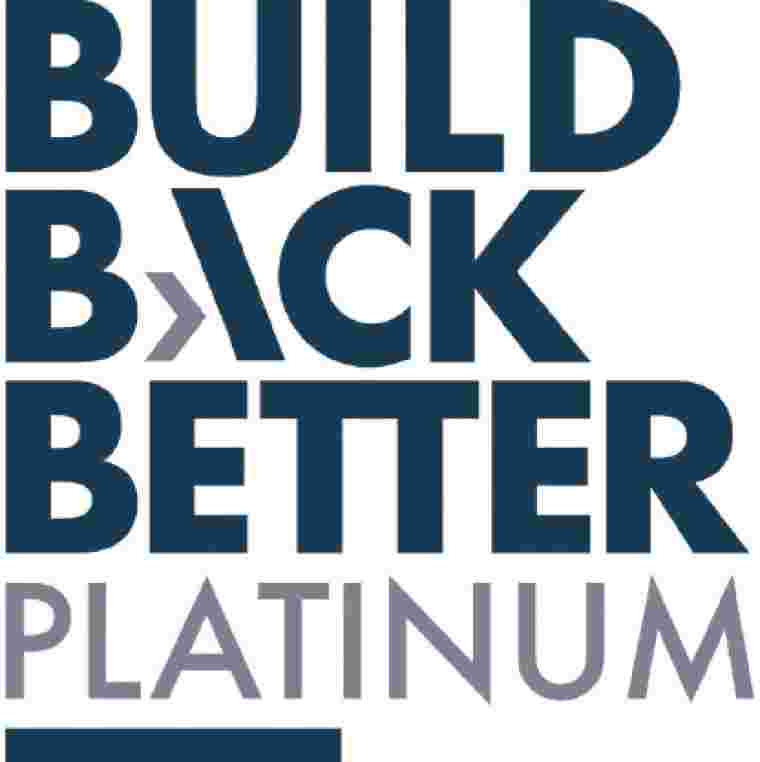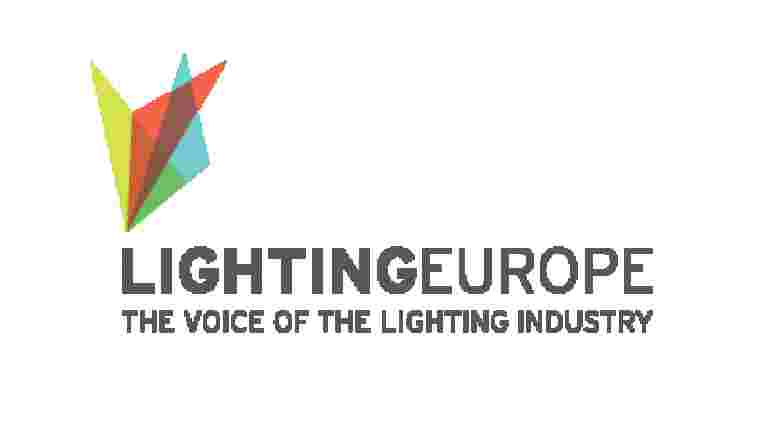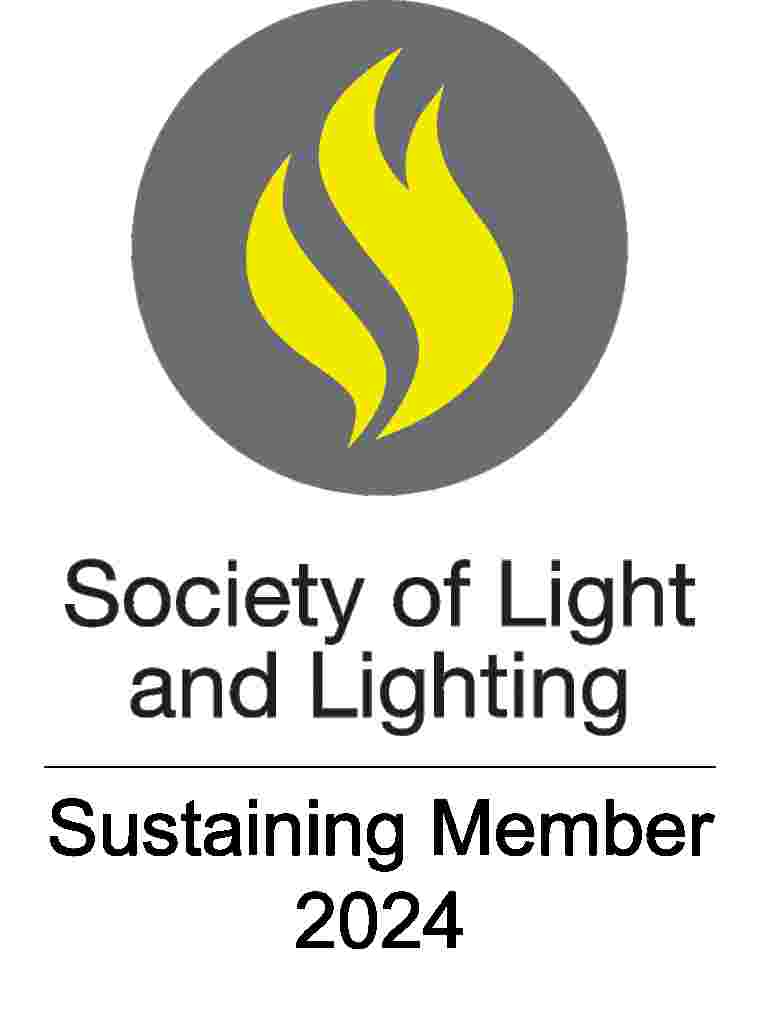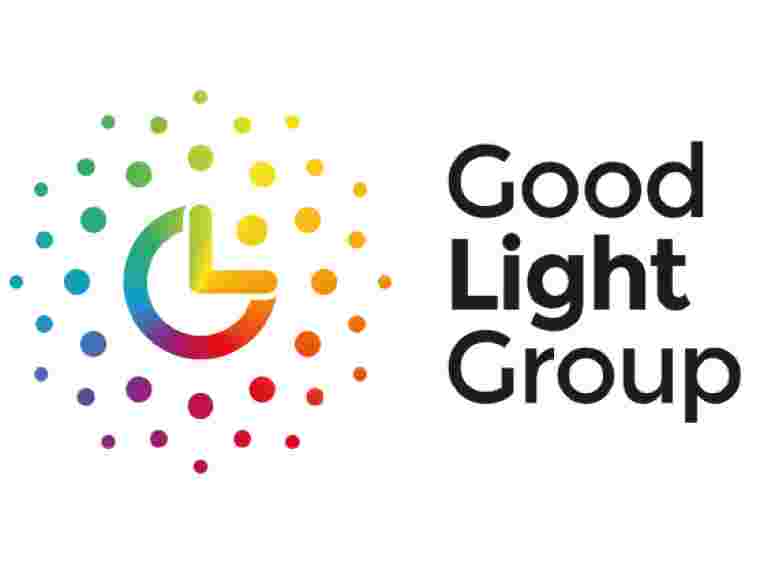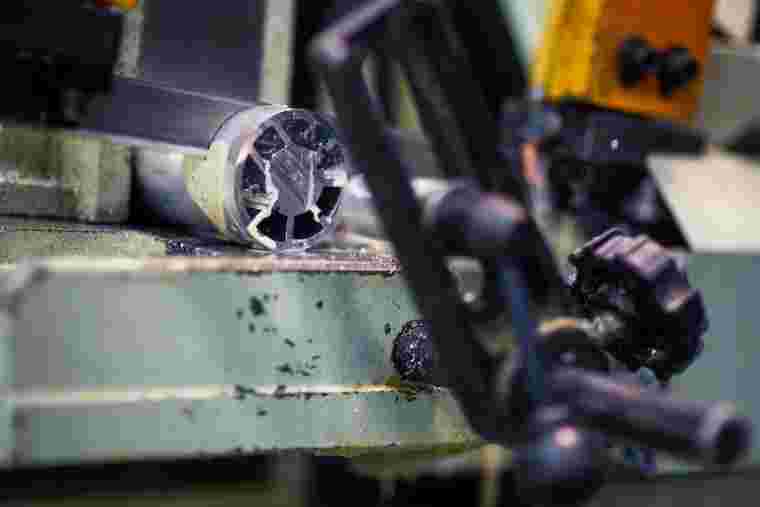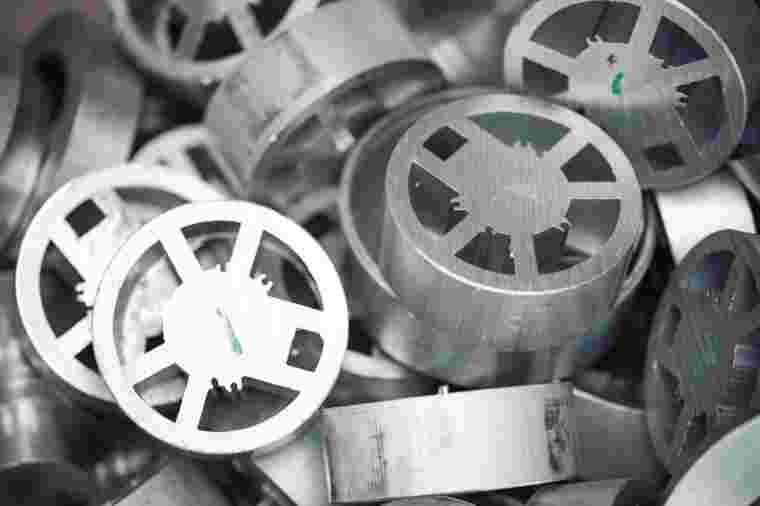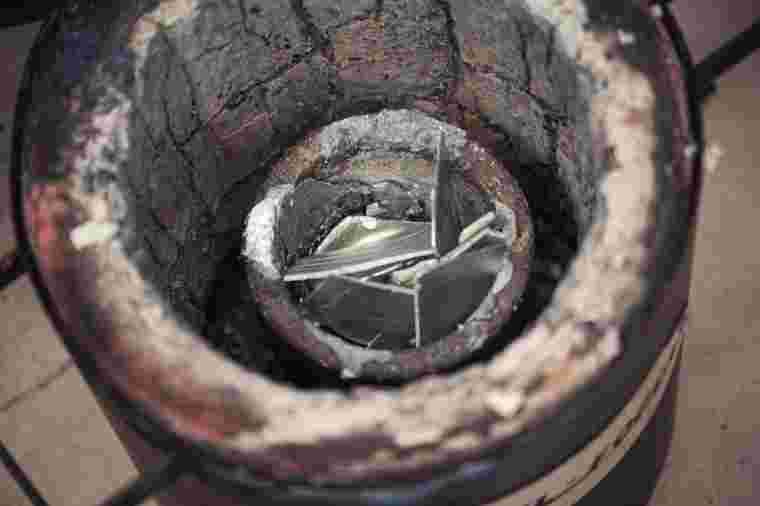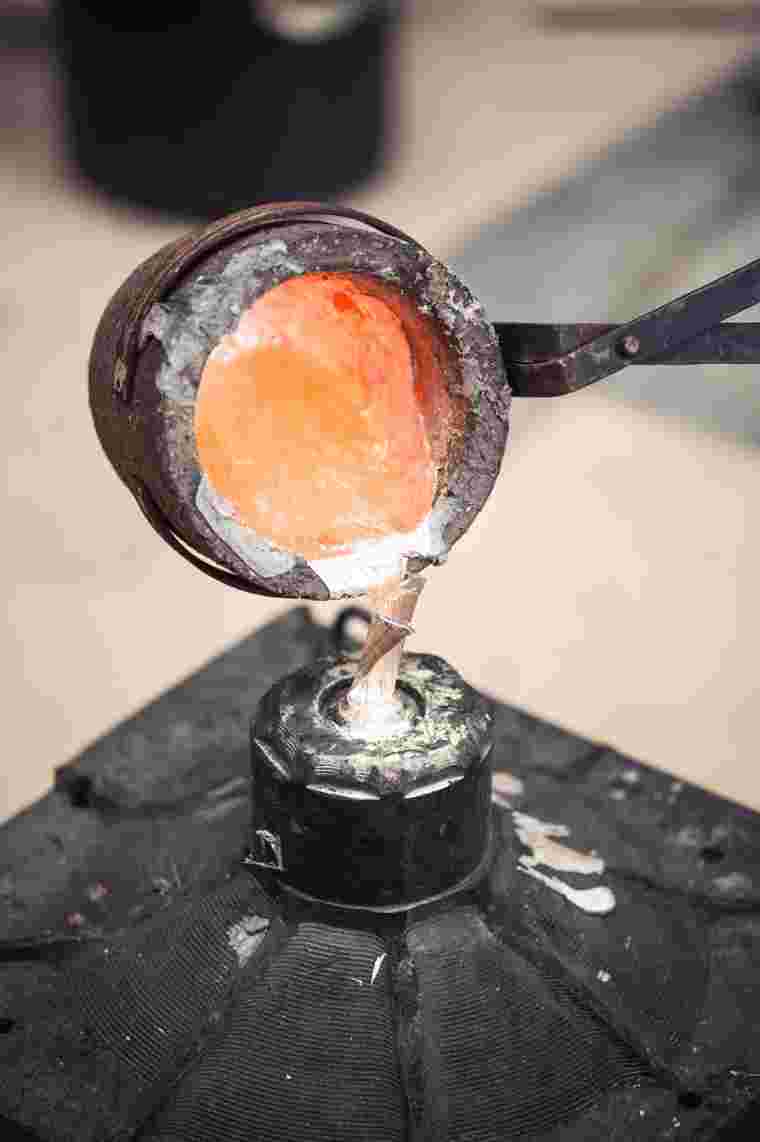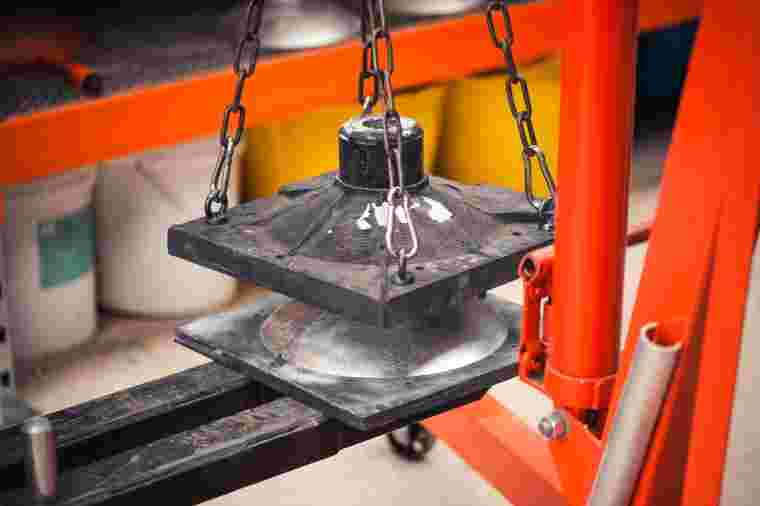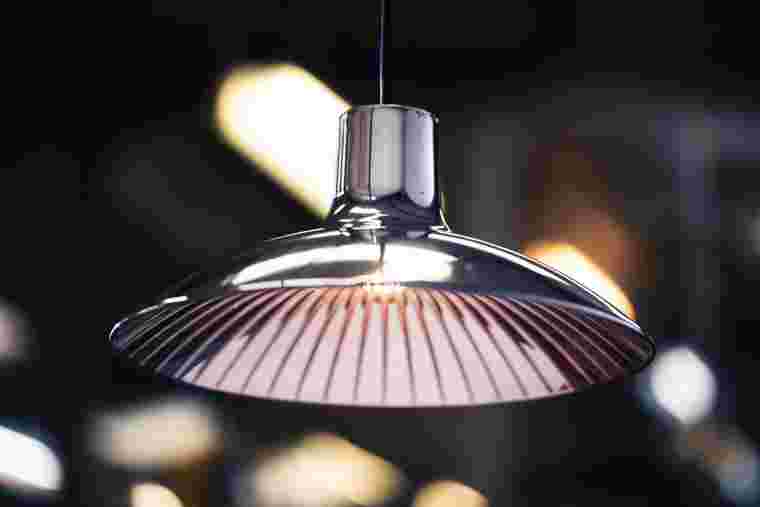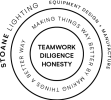Repurposing Waste
Back to all newsStoane Lighting believe that waste isn’t waste until you waste it. We accept that waste is inevitable during machining processes however this innovation discusses using waste as a resource. We believe that if the best light for the planet is the one that is never made, then certainly the next best light for the planet is one that is made from captured waste.
Traditionally our aluminium waste would be collected by a local subcontractor and taken to be recycled, however when considering the cost and energy that this process requires, we decided to explore ways in which we could use a low value by-product and with minimal energy investment, convert it to a high value item.
Aluminium offcuts are collected from our workshop and stored. Using an all-electric forge, the molten aluminium is poured into a mould of the desired shape. We believe that innovation is blended inextricably with sustainability.
Casting Light Pendant
Stoane Lighting have developed a decorative luminaire made from 100% recycled aluminium. Both obtaining the material used and the manufacturing process happen in-house. In order to advance this otherwise discarded by-product, we were determined not just to use waste for its own sake but to add value. We have created something beautiful and viable. It satisfies a genuine requirement and does so without requiring virgin resources.
Casting Light Pendant features in a major CIBSE publication connected to sustainability launched in 2021. Technical Memorandum 66: Creating a circular economy in the lighting industry describes a Circular Economy’s main aims, how it can be achieved and what its practice will mean to the different branches of the lighting industry. Stoane Lighting contributed the topic “aluminium recycling” as part of a series of case studies.
A Stoane Lighting employee was appointed Technical Lead of the recent development of new CIBSE publication Technical Memorandum 65.2: Embodied carbon in building services: Lighting. Stoane Lighting was able to contribute the importance of being able to distinguish between virgin and recycled materials when preparing an embodied carbon assessment. An embodied carbon coefficient for 100% recycled aluminium was added. This will ensure accurate results of our forged products and assist to develop lower embodied carbon products.
We intend that the forge will provide opportunity for us to broaden our capabilities and support our progress in this area.
The forge, supported by the story of the Casting Light Pendant, has been used as an example of the importance of local manufacture when discussing embodied carbon. Read more:
Luminaires and their Environmental Impact: design for the Circular Economy
